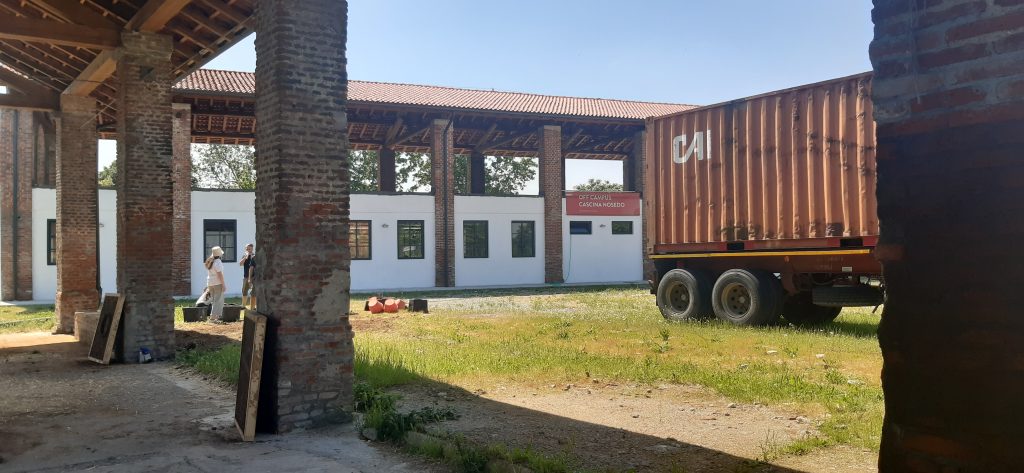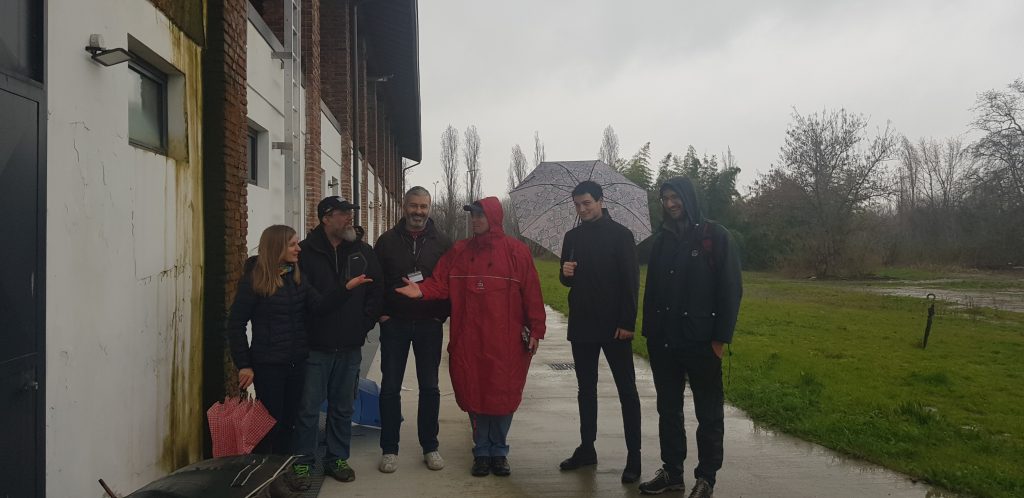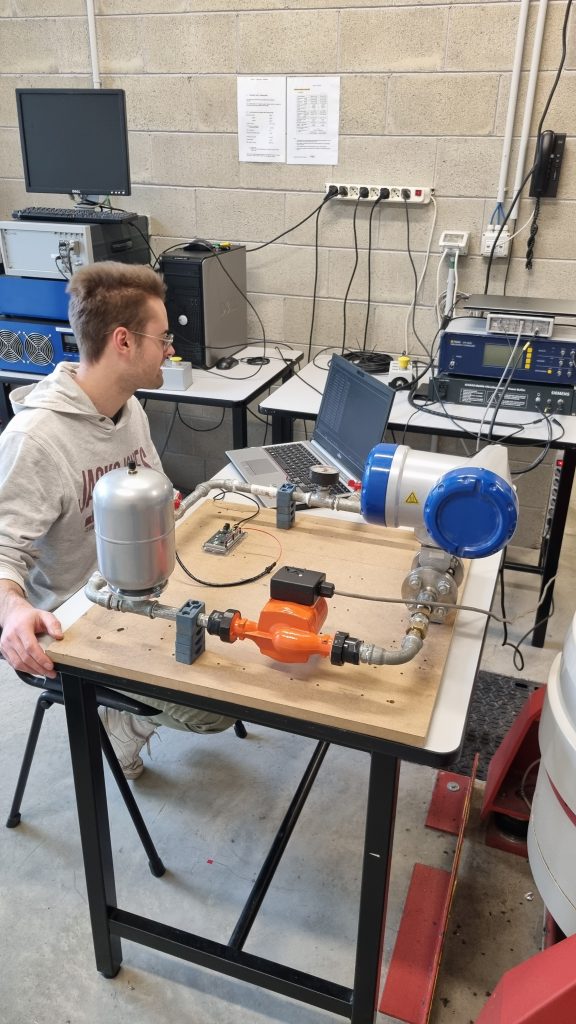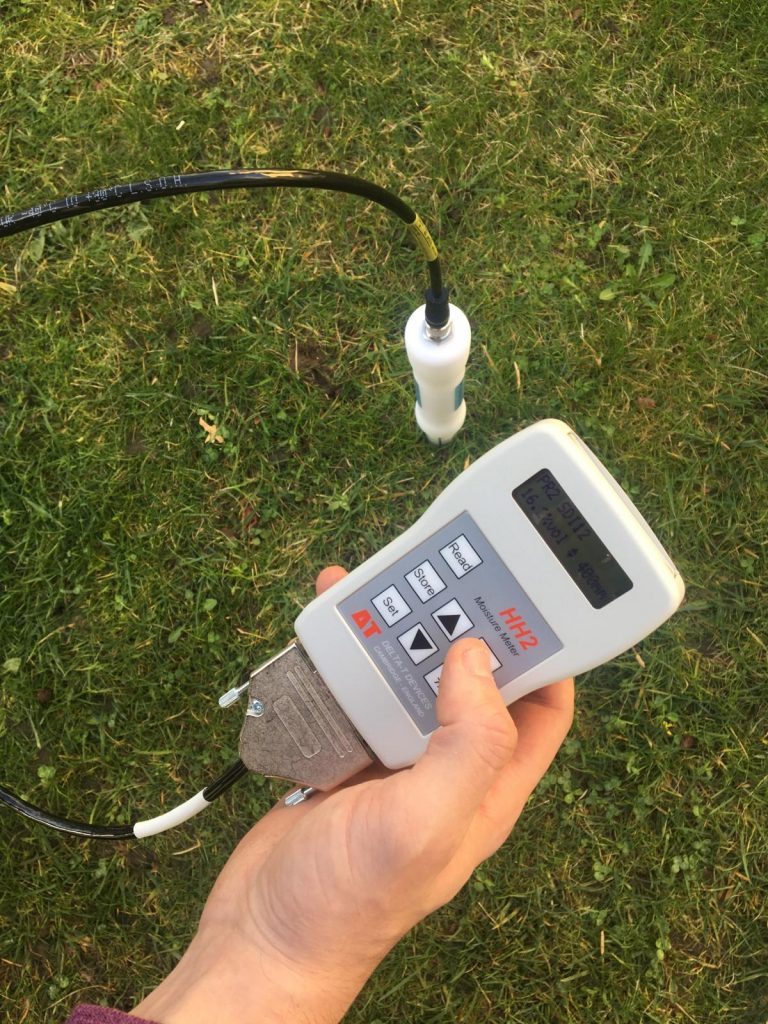
In 2023, the Polisocial Awards contest (to find out what it is about, see here) identified and selected five research projects to be funded with the 5x1000 Irpef donations, thanks to all the Alumni who decided to allocate them to Politecnico di Milano.
The researchers started in November and will work for 15 months to frame situations of gap and need in certain neighbourhoods of the city of Milan. At Politecnico, the 5x1000 contributions are usually invested in projects which can be implemented in the short term while aiming to be replicable and have an effect in the long term; they are generally case studies that concretise solutions studied in larger projects and allow students and researchers to put into practice what they have learnt. They are:
SMART DRAINAGE SYSTEM FOR THE OPTIMIZATION OF STORMWATER MANAGEMENT





Every time we flush the toilet, we use about 10 litres of drinking water. Rainwater could be used instead, which in Milan is however not collected and, when it rains 'too much', is lost and can cause a lot of damage. In these months it does not sound like too much of a problem, but in August, when news will talk about drought, it will seem like a waste. And this is where the Poli researchers come in.
In synergy with Bioloop and in the context of the Nosedo Off-Campus, the DROPS project focuses on sustainable rainwater management. Through the installation of a collection and infiltration tank in the ground, it aims at two objectives: preventing sewerage network overloading and promoting the sustainable reuse of water. In concrete terms, the aim is to avoid flooding and to have a water reserve during the driest months to be used for non-drinking purposes, such as irrigation or toilet flushing.
The project addresses three main aspects: scientific and technological research, for stormwater management optimisation; education, with a field laboratory for water and soil measurements; and public engagement, by training partner organisations and raising public awareness. The data collected from November to date show that this type of water may be used for irrigating the many agricultural areas surrounding the farmstead, thus decreasing the pressure on the aqueduct . The collection tank is scheduled to be installed in May. A series of humidity sensors will measure the benefits of the infiltration system on the subsoil. The tank level will be monitored and flow regulators will allow modular use. The weather controller will also allow the system's activities to be scheduled predictively.